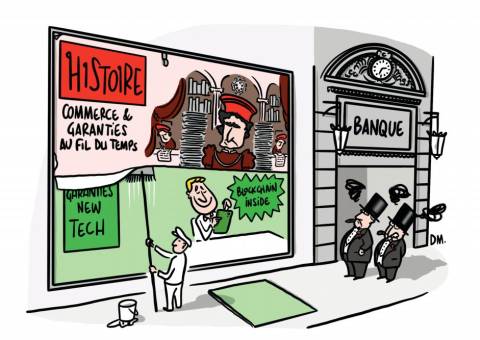
Headquarters’ Control Capacity and the Choice of R&D Organizational Forms Abroad
Créé le
10.09.2013-
Mis à jour le
28.09.2017This paper explains how the efficiency of control mechanisms affects the choice of organizational forms by MNCs that decentralize their R&D activities abroad. We identify five main organizational forms: wholly owned green-field subsidiary, wholly owned acquired subsidiary, joint venture, cross-licensing agreements, and unilateral licensing agreements. A questionnaire addressed to the managers of American and European MNCs shows that firms’ choice of organizational form is related to the efficiency of control mechanisms over the R&D activities. We find that the internalization choice is underprivileged because of behavioral control difficulties. The difficulties of coordinating R&D activities reduce the parent firms’ capacity to assess the strategic performance of R&D activities in a joint venture. The findings also show that the limited feasibility of assessing the financial performance of R&D activities does not affect negatively the choice of joint venture. So far, the option of either unilateral or cross-licensing agreements is employed even though there are divergences in rules, laws, and procedures between partners. Our findings provide empirical evidence on the strategic choice of R&D organizational forms abroad.
Keywords: R&D; Multinational Companies; Control Mechanisms; Organizational Forms.
JEL Classification: F23; L24; M16; O32.




![[Web Only] Tarifs bancaires : les banques amortissent l’inflation [Web Only] Tarifs bancaires : les banques amortissent l’inflation](http://www.revue-banque.fr/binrepository/480x320/0c0/0d0/none/9739565/MEBW/gettyimages-968963256-frais-bancaires_221-3514277_20240417171729.jpg)




